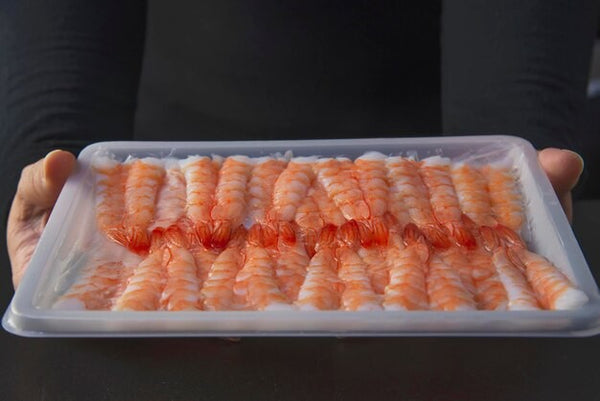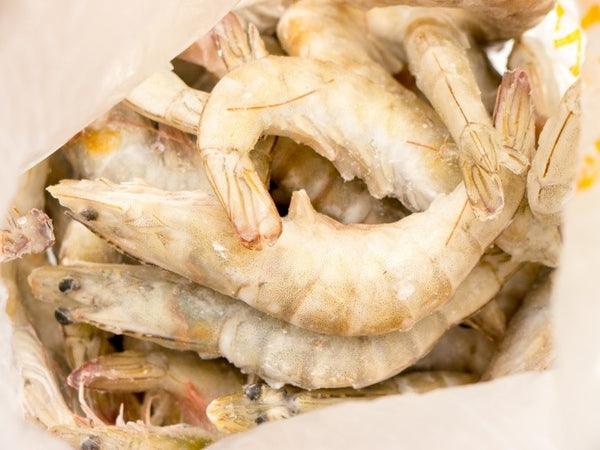Up to 30% of food products are compromised during transportation, making quality control in frozen seafood delivery crucial. When you choose frozen seafood delivery in Canada, ensuring the seafood arrives in top condition is essential. Here’s how delivery services manage quality control to maintain the freshness and safety of your products.
-
Proper Freezing Techniques
Maintaining the right freezing conditions is the first step in quality control. Seafood must be frozen quickly and stored at a consistent low temperature. Rapid freezing helps preserve the seafood’s texture and flavor. Delivery services use specialized equipment to freeze seafood at extremely low temperatures, often below -18°C (0°F), to ensure it stays fresh.
-
Temperature Monitoring
Temperature control is critical during transportation. To prevent thawing and spoilage, frozen seafood delivery services monitor temperatures throughout the delivery process. They use:
- Temperature Loggers: These devices record the temperature at various points during transit. If the temperature deviates from the safe range, the service can take corrective action.
- Real-Time Tracking: Some delivery services offer real-time tracking systems that allow both the provider and the recipient to monitor the temperature of the shipment in transit.
-
High-Quality Packaging
Packaging plays a significant role in quality control. Proper packaging protects seafood from temperature fluctuations and physical damage. Delivery services use:
- Insulated Containers: These containers maintain the internal temperature and protect the seafood from external heat.
- Sealed Packaging: Vacuum-sealed bags or tightly sealed containers prevent freezer burn and contamination. They also help in preserving the seafood's freshness.
-
Regular Inspections
To ensure high standards, seafood delivery services perform regular inspections. This includes:
- Pre-Shipment Checks: Before the seafood is dispatched, it is inspected for quality and proper freezing. Any items that do not meet the required standards are removed.
- Mid-Transit Inspections: Some services conduct inspections during transit to ensure the seafood remains in optimal condition.
-
Compliance with Food Safety Regulations
Frozen seafood delivery services must comply with food safety regulations. These regulations include:
- HACCP Standards: The Hazard Analysis and Critical Control Points (HACCP) system identifies potential hazards and implements controls to ensure safety throughout the seafood handling process.
- Health Certifications: Delivery services must adhere to local and national health regulations, which may include certifications and inspections by food safety authorities.
-
Handling and Storage Best Practices
Proper handling and storage are key to maintaining seafood quality. Delivery services train their staff to follow best practices, including:
- Safe Handling Procedures: Staff are trained to handle seafood carefully to prevent contamination and damage.
- Proper Storage: Seafood is stored in designated freezer areas with strict temperature controls to ensure it remains frozen until delivery.
-
Customer Feedback and Quality Assurance
Customer feedback is an essential part of quality control. Delivery services often:
- Solicit Feedback: After delivery, services may request feedback to assess customer satisfaction and address any issues.
- Conduct Quality Assurance Checks: Regular reviews of feedback and delivery records help identify areas for improvement and ensure continued high quality.
-
Selecting a Reliable Delivery Service
When you buy frozen seafood wholesale, choosing a reputable delivery service is crucial. Look for:
- Proven Track Record: Services with a history of reliable delivery and positive reviews are more likely to maintain high quality.
- Certifications and Accreditations: Ensure the service complies with industry standards and has the necessary certifications.
Takeaways
Quality control is vital in frozen seafood delivery to ensure products remain fresh and safe. By using proper freezing techniques, monitoring temperatures, investing in high-quality packaging, and adhering to food safety regulations, delivery services can maintain the quality of frozen seafood. Regular inspections and customer feedback further support these efforts. If you are looking for a trusted provider of frozen seafood delivery in Canada, Inter Canada Fisheries offers reliable services with a commitment to quality and customer satisfaction.




